Media
07.23.24
ChinaFile Presents: Peter Hessler’s ‘Other Rivers: A Chinese Education’
On July 17, ChinaFile hosted the launch of Peter Hessler’s Other Rivers: A Chinese Education, a memoir of his two years teaching at Sichuan University in Chengdu from 2019 to 2021. The book explores elementary and college education, China’s handling...
The NYRB China Archive
10.06.22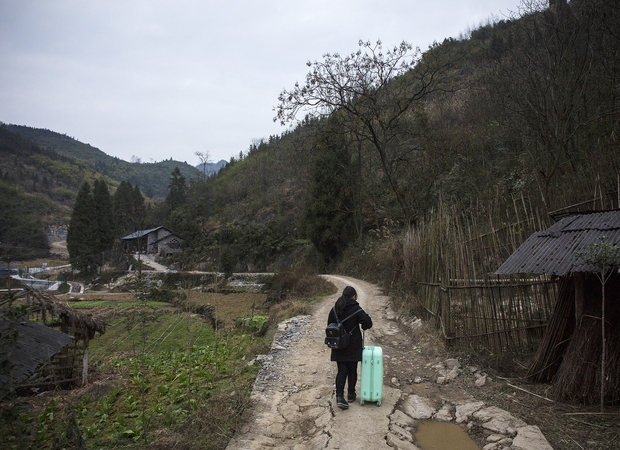
Little Town on the Prairie
from New York Review of Books
Liang Village sits on the edge of the North China Plain, about 650 miles south of Beijing. The area was settled by migrants who came in waves throughout Chinese history, attracted by the fertile soil in what was traditionally one of the country’s...
Books
01.07.20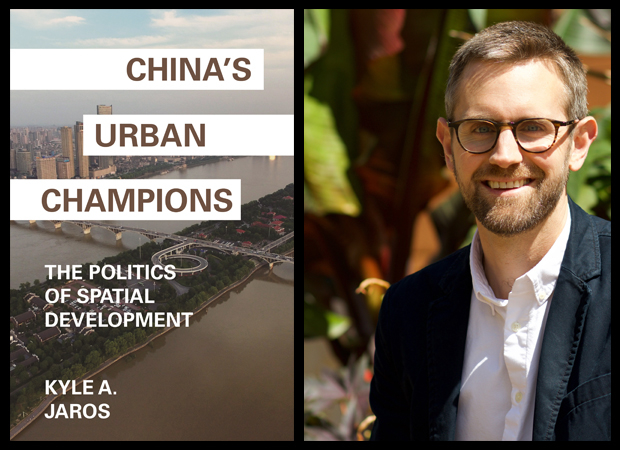
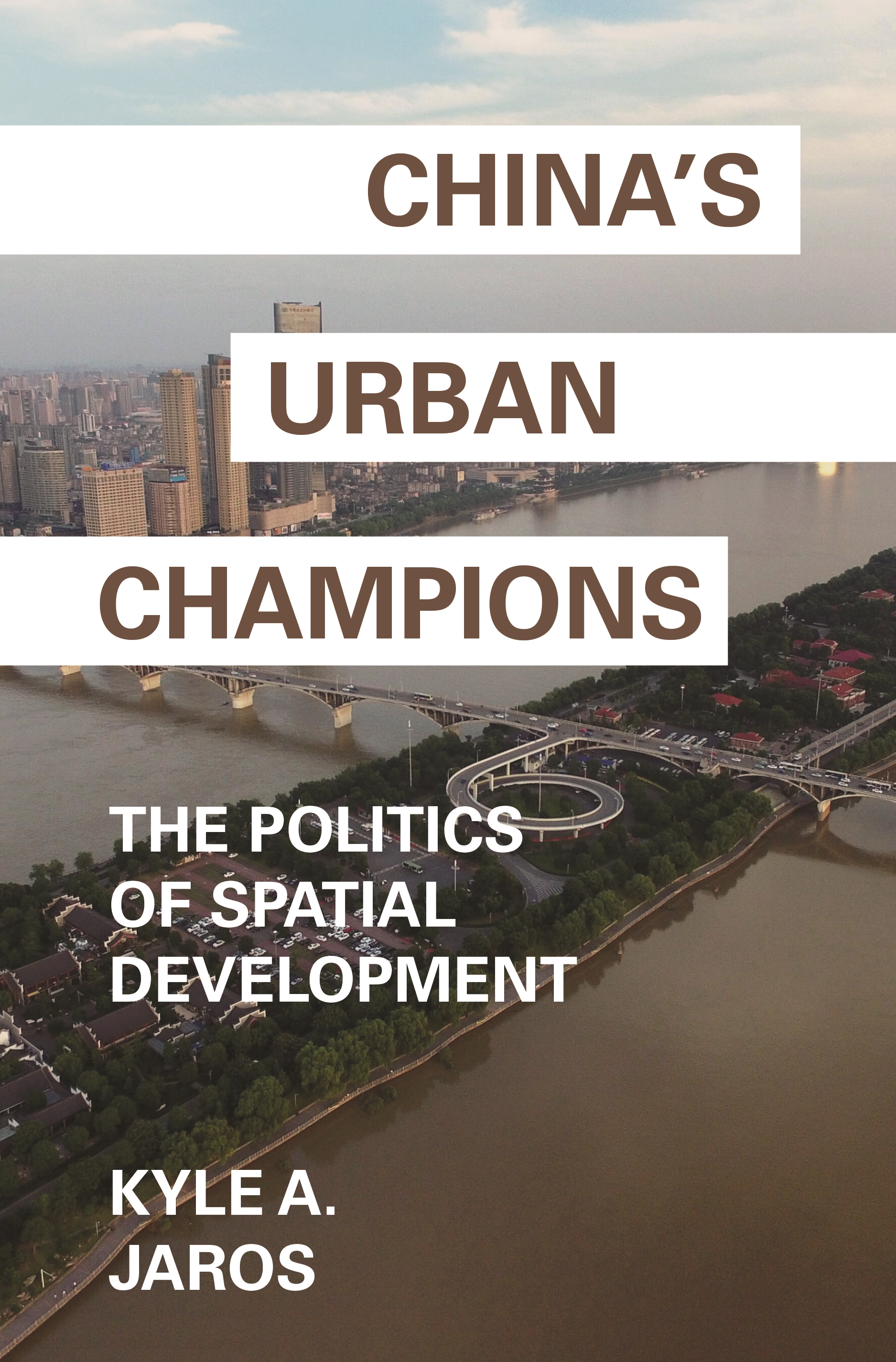
China’s Urban Champions
Princeton University Press: The rise of major metropolises across China since the 1990s has been a double-edged sword: Although big cities function as economic powerhouses, concentrated urban growth can worsen regional inequalities, governance challenges, and social tensions. Wary of these dangers, China’s national leaders have tried to forestall top-heavy urbanization. However, urban and regional development policies at the sub-national level have not always followed suit. China’s Urban Champions explores the development paths of different provinces and asks why policymakers in many cases favor big cities in a way that reinforces spatial inequalities rather than reducing them.Kyle Jaros combines in-depth case studies of Hunan, Jiangxi, Shaanxi, and Jiangsu provinces with quantitative analysis to shed light on the political drivers of uneven development. Drawing on numerous Chinese-language written sources, including government documents and media reports, as well as a wealth of field interviews with officials, policy experts, urban planners, academics, and businesspeople, Jaros shows how provincial development strategies are shaped by both the horizontal relations of competition among different provinces and the vertical relations among different tiers of government. Metropolitan-oriented development strategies advance when lagging economic performance leads provincial leaders to fixate on boosting regional competitiveness, and when provincial governments have the political strength to impose their policy priorities over the objections of other actors.Rethinking the politics of spatial policy in an era of booming growth, China’s Urban Champions highlights the key role of provincial units in determining the nation’s metropolitan and regional development trajectory.{chop}
Books
10.08.19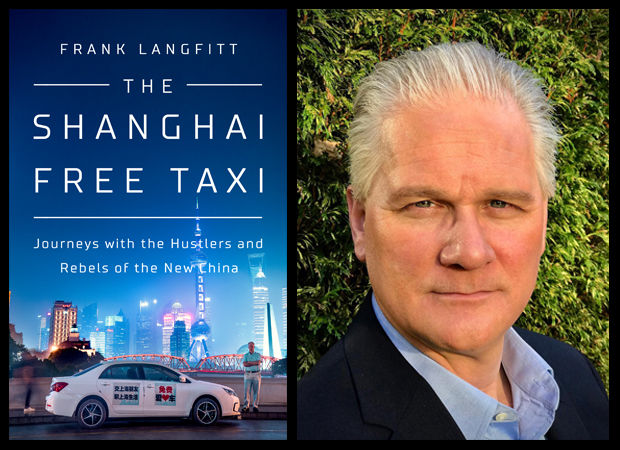
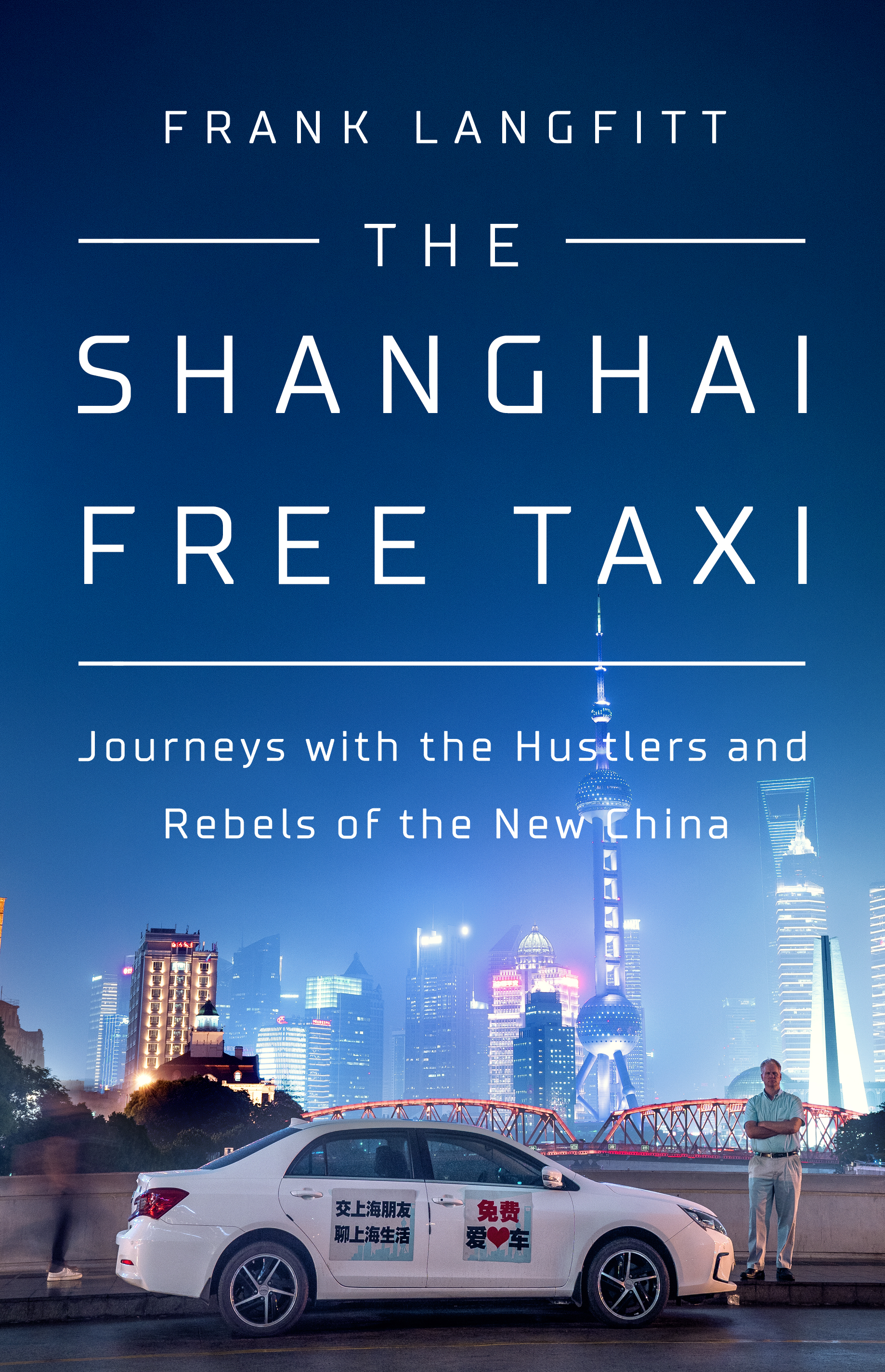
The Shanghai Free Taxi
Public Affairs: China—America’s most important competitor—is at a turning point. With economic growth slowing, Chinese people face inequality and uncertainty as their leaders tighten control at home and project power abroad.NPR correspondent Frank Langfitt describes how he created a free taxi service—offering rides in exchange for illuminating conversation—to go beyond the headlines and get to know a wide range of colorful, compelling characters representative of the new China. They include folks like “Beer,” a slippery salesman who tries to sell Langfitt a used car; Rocky, a farm boy turned Shanghai lawyer; and Chen, who runs an underground Christian church and moves his family to America in search of a better, freer life.
Depth of Field
11.20.17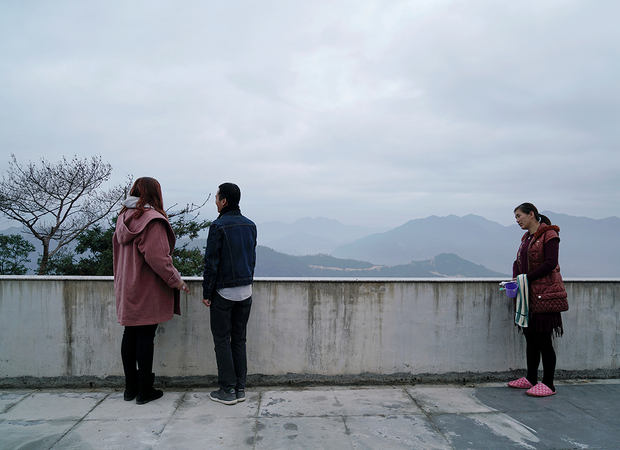
Fake Girlfriends, Chengdu Rappers, and a Chow Chow Making Bank
from Yuanjin Photo
Lonely dog owners in Beijing and a rented girlfriend in Fujian; the last Oroqen hunters in Heilongjiang and homegrown hip hop in Chengdu; young Chinese in an Indian tech hub and Hong Kong apartments only slightly larger than coffins—these are some...
ChinaFile Recommends
12.20.16Are China’s Schools Failing?
Bloomberg
China's much-lauded education system remains riven by inequality, with far-reaching consequences for schools, students and, ultimately, the economy
ChinaFile Recommends
10.12.16Poignant Portraits Show What it is Like Being LGBT in China
Washington Post
Despite being decriminalized in 1997, homosexuality is still heavily stigmatized in China.
ChinaFile Recommends
09.23.16Mother’s Killing of 4 Children Reveals Cracks in Anti-Poverty Drive
Corruption, red tape has led to most vulnerable citizens receiving little help
Media
05.31.16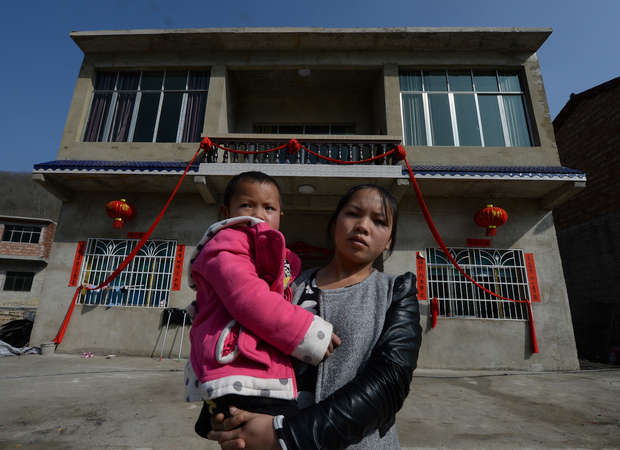
Will China’s ‘Taobao Villages’ Spur a Rural Revolution?
from chinadialogue
The province of Shanxi, in northern China, is famous for coal mining, and the industry’s impact is etched across the landscape. But the province’s southern counties, which lie near the Yellow River, are known for a very different commodity—red dates...
Green Space
05.18.16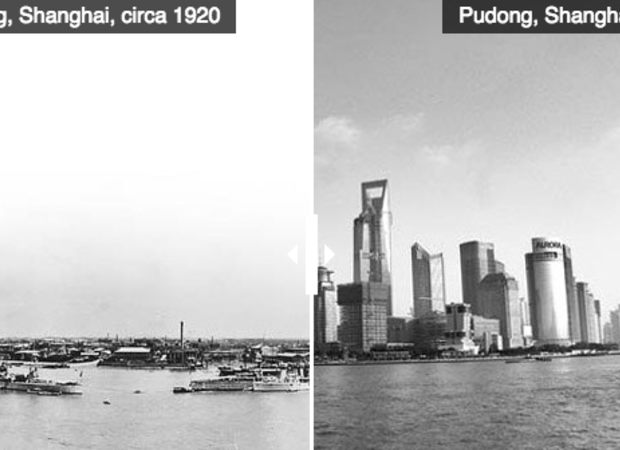
Time Traveling Through Dramatic Urbanization in China Over Decades
Twenty-six years ago, only 26 percent of the Chinese population lived in urban areas. Since then, China’s urbanization rate has risen to almost 56 percent, meaning hundreds of millions of people have packed themselves into the country’s 662 cities...
Caixin Media
04.01.16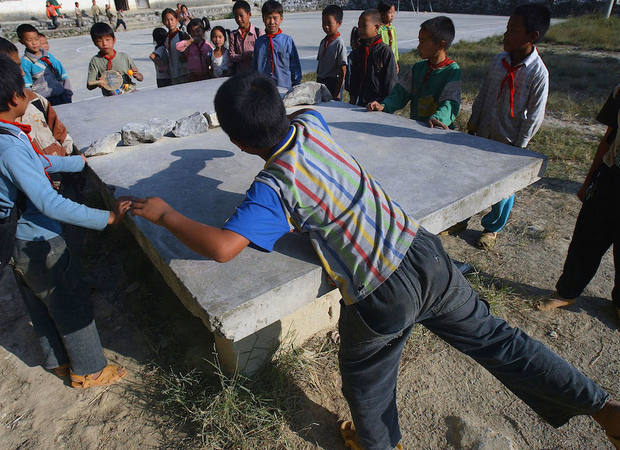
China’s Rural Youngsters Drop Out of School at Alarming Rate
Like many other teenagers in his village in the mountains of the northwestern province of Shaanxi, Chen Youliang decided to quit school early so he could follow in the footsteps of his migrant worker parents and find a job in a big city.Chen, who...
ChinaFile Recommends
07.23.15Suicide Bombings in China: Beyond Terrorism
Diplomat
A suicide bomber attacked a park in Heze in China’s Shandong province, killing two (including the bomber) and injuring 24, with three people receiving “relatively severe” injuries.
Media
03.09.15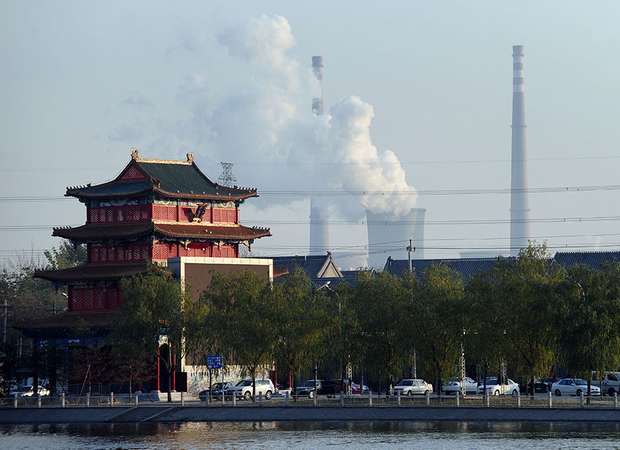
China’s Real Inconvenient Truth: Its Class Divide
China is talking about its pollution problem, but its equally serious class problem remains obscured behind the haze. Smog leapt to the forefront of Chinese national discourse after the February 28 release of "Under the Dome," a 103-minute...
Infographics
01.09.15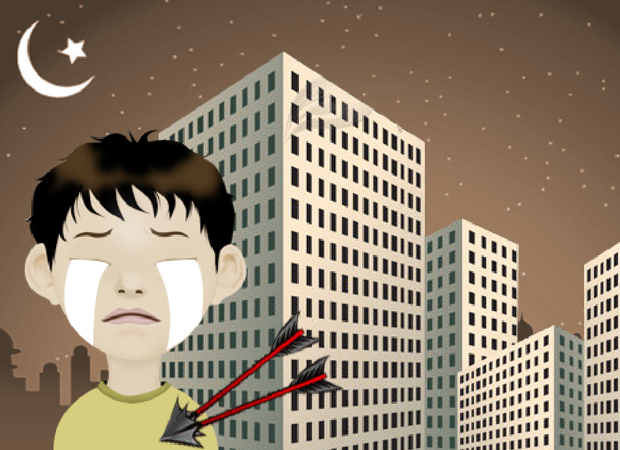
Think Renting in Your City is Bad? Try Beijing
from Sohu
Compared with the numbers of a few years ago, first and second tier cities in China have an oversupply of stock on the housing market. Additionally, restrictions on multiple-home purchases are easing and “expected to be eased completely,” according...
ChinaFile Recommends
12.14.14China’s Water Diversion Project Starts to Flow to Beijing
Guardian
The project has roots in an offhand comment by Mao Zedong who, on an inspection tour in the early 1950s, said: “The south has plenty of water, but the north is dry. If we could borrow some, that would be good.”
ChinaFile Recommends
07.31.14The End of China’s Hated Hukou System is Less Ground-breaking Than It Seems
Quartz
The new rules only make it easier for formerly rural hukou holders to move to small, backwater cities, not the vibrant mega-cities along China’s eastern coast where the vast majority of migrants are.
Infographics
05.02.14
The ‘Nongmin’ Breakdown
from Sohu
Who are China's rural migrant workers?A uniquely Chinese social identity, the category of “rural migrant worker” is a product of China’s urban/rural dichotomy. It refers to a class of citizens no longer employed in the agricultural sector who...
Caixin Media
09.23.13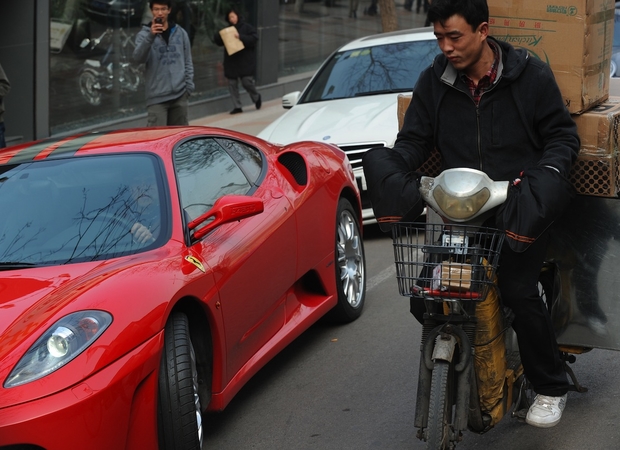
Measuring the Wealth Gap
Recent findings by China Society of Economic Reform (CSER) have offered a rare glimpse into growing income inequality in the country.The study shows that in 2011 unidentified “gray income,” or the difference between CSER-surveyed income and that of...
ChinaFile Recommends
02.03.13In a Rush to Urbanize, China Flattens 700 Mountains
USA Today
China’s shift from a rural to urban society is speeding up development projects, including one where a developer is flattening mountains to build a new city.
Books
10.17.12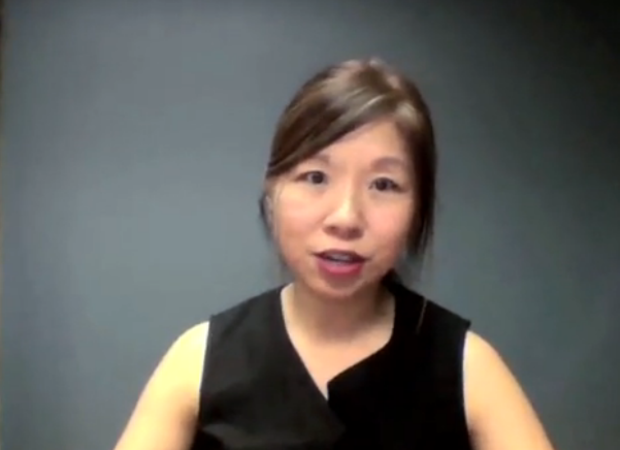
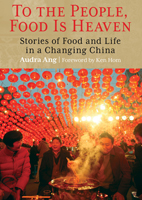
To the People, Food is Heaven
In China, life is comfortable for the fortunate few. For others, it’s a hand-to-mouth struggle for a full stomach, a place to live, wages for work done, and freedom to speak openly. It’s a place where few things are more important than food; “Have you eaten yet?” is another way of saying hello. After traversing the country and meeting its people, Ang shares her delicious experiences with us. She tells of a clandestine cup of salty yak butter tea with a Tibetan monk during a military crackdown, and explains how a fluffy spring onion omelet encapsulates China’s drive for rural development. You’ll have lunch with some of the country’s most enduring activists, savor meals with earthquake survivors, and get to know a house cleaner who makes the best fried chicken in all of Beijing. Through her reporting, Ang bites into the gaping divide between rich and poor, urban and rural reform, intolerance for dissent, and the growing dissatisfaction with those in power. By serving these topics to us one at a time through the stories of ordinary citizens, To the People, Food Is Heaven provides a fresh perspective beyond the country’s anonymous identity as an economic powerhouse. Ang plates a terrific, wide-ranging feast that is the new China, a country convulsed by change and propelled by aspiration. Have you eaten yet? —Lyons Press{chop}
ChinaFile Recommends
08.06.12Polymath’s Paradise: Artist and Cultural Promoter Ou Ning Confronts China’s Out-of-Control Urbanization
Blouin Artinfo
When I ask Ou Ning how he would answer that perennial dinner party question, "What do you do?," he laughs. It’s not easy for one of China’s true polymaths, but he gives it a try. “I’m a cultural worker,” he offers modestly,...
ChinaFile Recommends
07.20.12Rural Chinese Get Online as Mobile Overtakes Desktop
BBC
For the first time, desktop computers are no longer the leading method for the country's 538 million connected citizens to get online. The report from the China Internet Network Information Center (CINIC) said over 50% of the year's new...
Media
05.17.12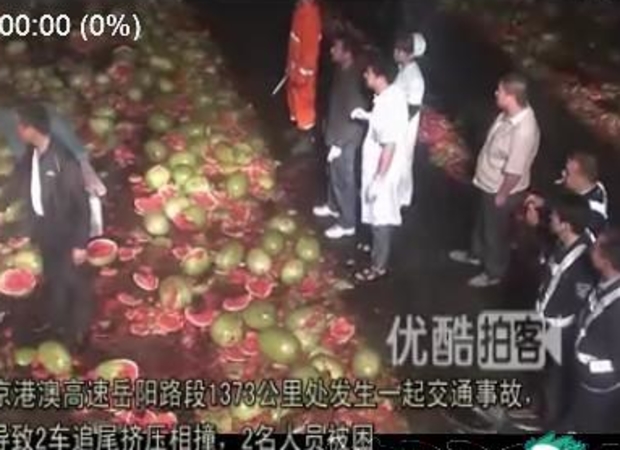
Villagers Loot Spilled Watermelons From Truck After Car Crash
Two trucks collided on the Beijing-Hong Kong-Macao Expressway in Yueyang, Hunan Province. While local firemen worked to rescue the drivers stuck in their vehicles, people from a nearby village arrived on the scene to loot watermelons that had fallen...
Books
02.03.12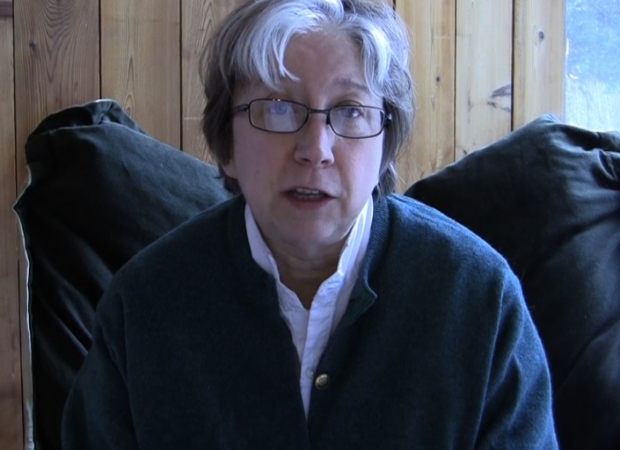
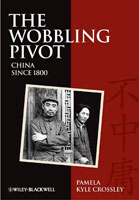
The Wobbling Pivot
This comprehensive but concise narrative of China since the eighteenth century builds its story around the delicate relationship between central government and local communities. With a nod to Ezra Pound's translation of the Chinese classic Zhongyong (The Unwobbling Pivot), Pamela Kyle Crossley argues that China's modern history has not wholly adhered to the ideal of the "unwobbling pivot", with China as a harmonious society based on principles of stability. Instead she argues that developments can be explained through China's surprising swings between centralization and decentralization, between local initiative and central authoritarianism. The author's approach is broad enough to provide a full introduction to modern Chinese history. Students new to the subject will be supported with timelines, maps, illustrations, and extensive notes to further readings, while those with a background in Chinese history will find an underlying theme in the narrative addressing long-standing interpretive issues. —Wiley-Blackwell
Reports
09.28.11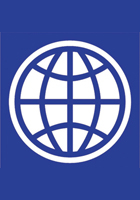
Market Integration in China
World Bank
Over the last three decades, China's product, labor, and capital markets have become gradually more integrated within its borders, although integration has been significantly slower for capital markets. There remains a significant urban-rural...
Reports
11.01.10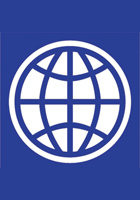
On the Road to Prosperity? The Economic Geography of China’s National Expressway Network
World Bank
Over the past two decades, China has embarked on an ambitious program of expressway network expansion. By facilitating market integration, this program aims both to promote efficiency at the national level and to contribute to the catch-up of...
Books
04.01.10
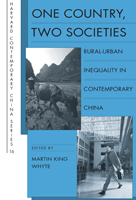
One Country, Two Societies
This timely and important collection of original essays analyzes China’s foremost social cleavage: the rural-urban gap. It is now clear that the Chinese communist revolution, though professing dedication to an egalitarian society, in practice created a rural order akin to serfdom, in which 80 percent of the population was effectively bound to the land. China is still struggling with that legacy. The reforms of 1978 changed basic aspects of economic and social life in China’s villages and cities and altered the nature of the rural-urban relationship. But some important institutions and practices have changed only marginally or not at all, and China is still sharply divided into rural and urban castes with different rights and opportunities in life, resulting in growing social tensions. The contributors, many of whom conducted extensive fieldwork, examine the historical background of rural-urban relations; the size and trend in the income gap between rural and urban residents in recent years; aspects of inequality apart from income (access to education and medical care, the digital divide, housing quality and location); experiences of discrimination, particularly among urban migrants; and conceptual and policy debates in China regarding the status and treatment of rural residents and urban migrants. —Harvard University Press
Books
04.01.10
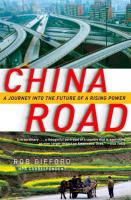
China Road
Route 312 is the Chinese Route 66. It flows three thousand miles from east to west, passing through the factory towns of the coastal areas, through the rural heart of China, then up into the Gobi Desert, where it merges with the Old Silk Road. The highway witnesses every part of the social and economic revolution that is turning China upside down. In this utterly surprising and deeply personal book, acclaimed National Public Radio reporter Rob Gifford, a fluent Mandarin speaker, takes the dramatic journey along Route 312 from its start in the boomtown of Shanghai to its end on the border with Kazakhstan. Gifford reveals the rich mosaic of modern Chinese life in all its contradictions, as he poses the crucial questions that all of us are asking about China: Will it really be the next global superpower? Is it as solid and as powerful as it looks from the outside? And who are the ordinary Chinese people, to whom the twenty-first century is supposed to belong?Gifford is not alone on his journey. The largest migration in human history is taking place along highways such as Route 312, as tens of millions of people leave their homes in search of work. He sees signs of the booming urban economy everywhere, but he also uncovers many of the country’s frailties, and some of the deep-seated problems that could derail China’s rise. The whole compelling adventure is told through the cast of colorful characters Gifford meets: garrulous talk-show hosts and ambitious yuppies, impoverished peasants and tragic prostitutes, cell-phone salesmen, AIDS patients, and Tibetan monks. He rides with members of a Shanghai jeep club, hitchhikes across the Gobi desert, and sings karaoke with migrant workers at truck stops along the way. —Random House
Reports
04.15.09
Village-by-Village Democracy in China
American Enterprise Institute for Public Policy Research
The NYRB China Archive
05.11.00China’s Dirty Clean-Up
from New York Review of Books
Every year, millions of China’s poorest and most vulnerable people are arrested on the streets of the nation’s cities merely because the way they look or speak identifies them clearly as “outsiders,” not native to the city in question, or because...



